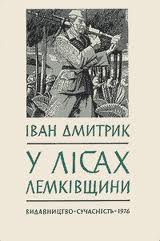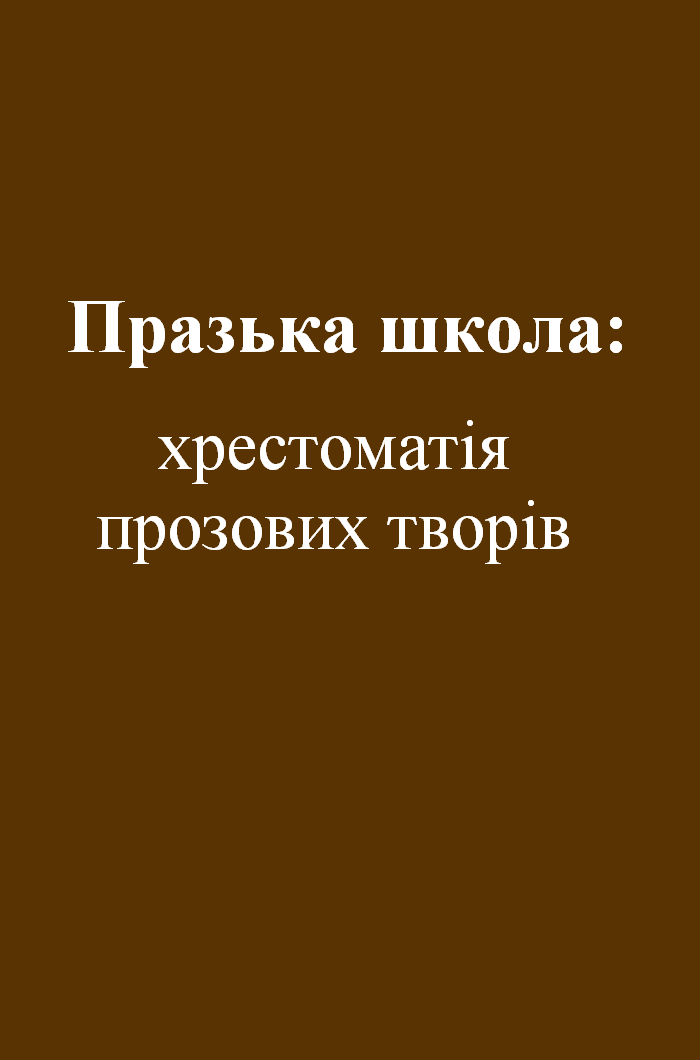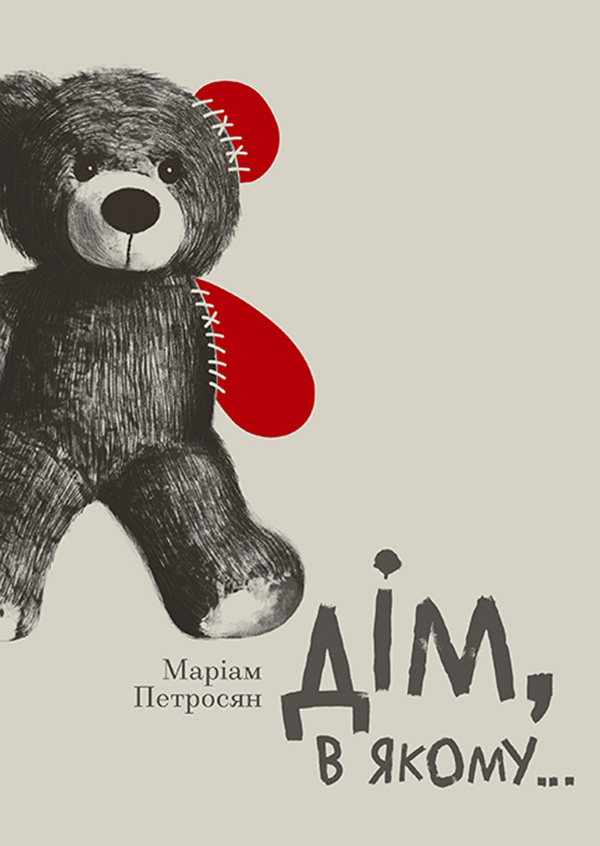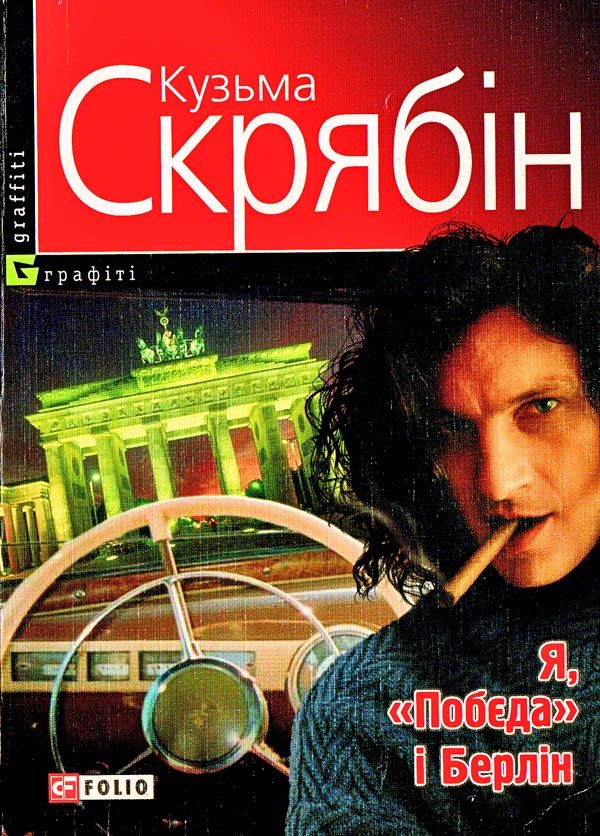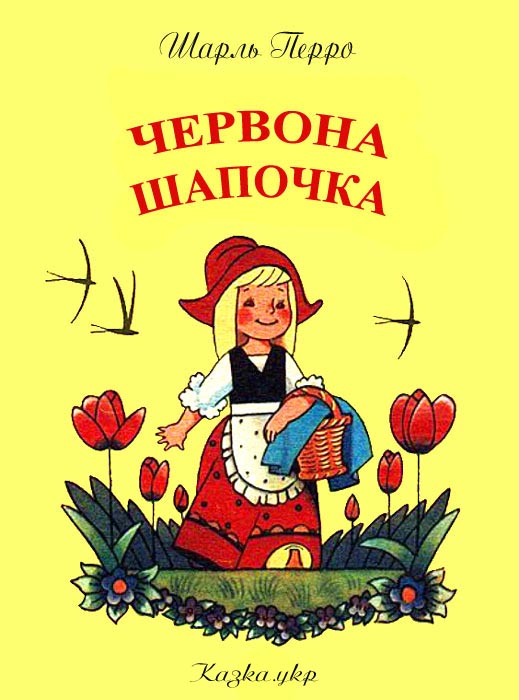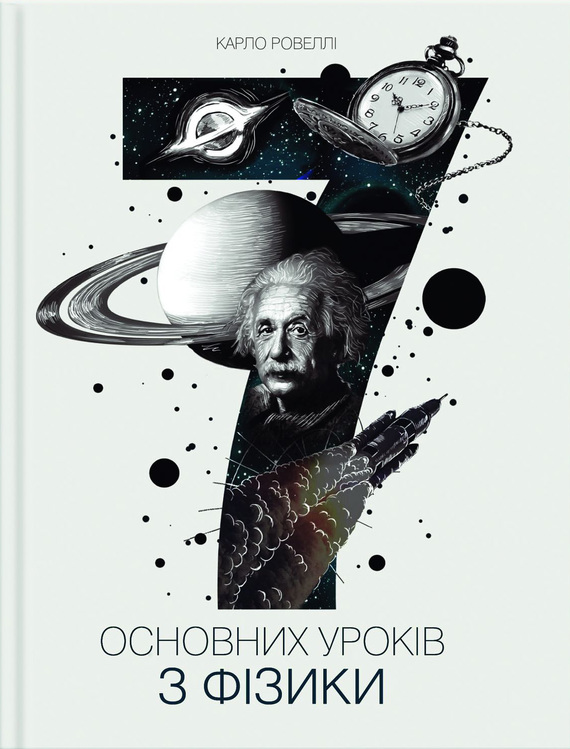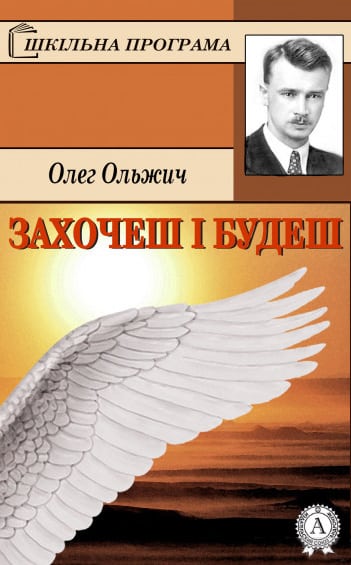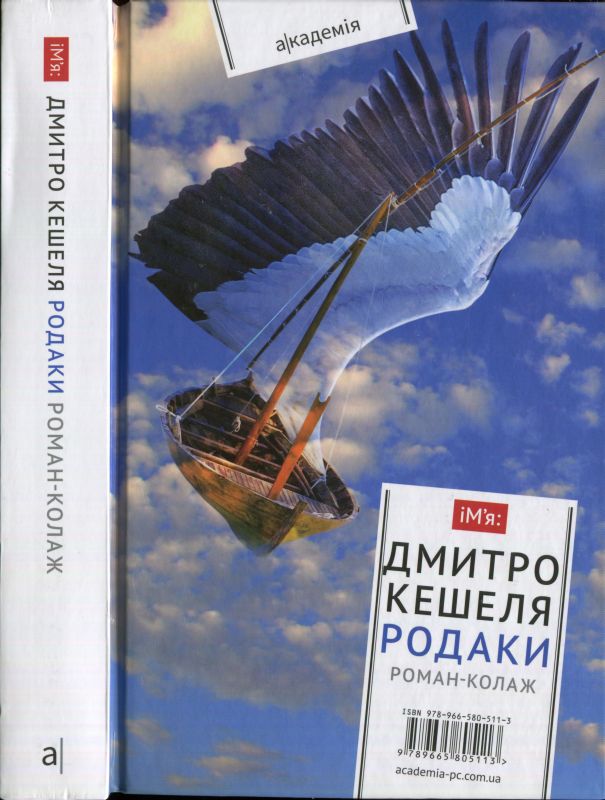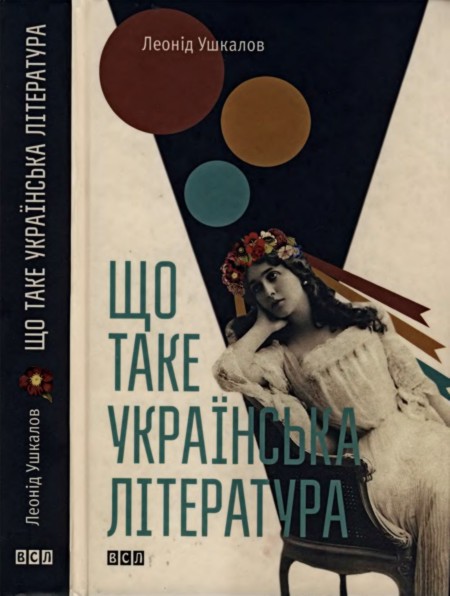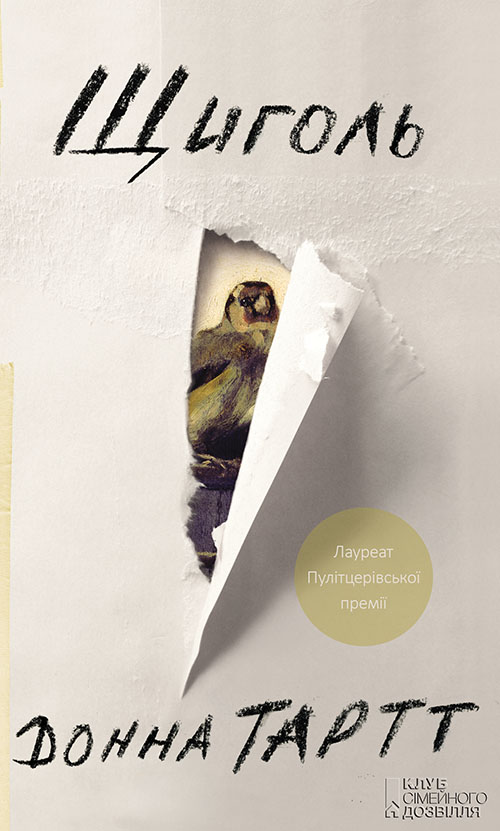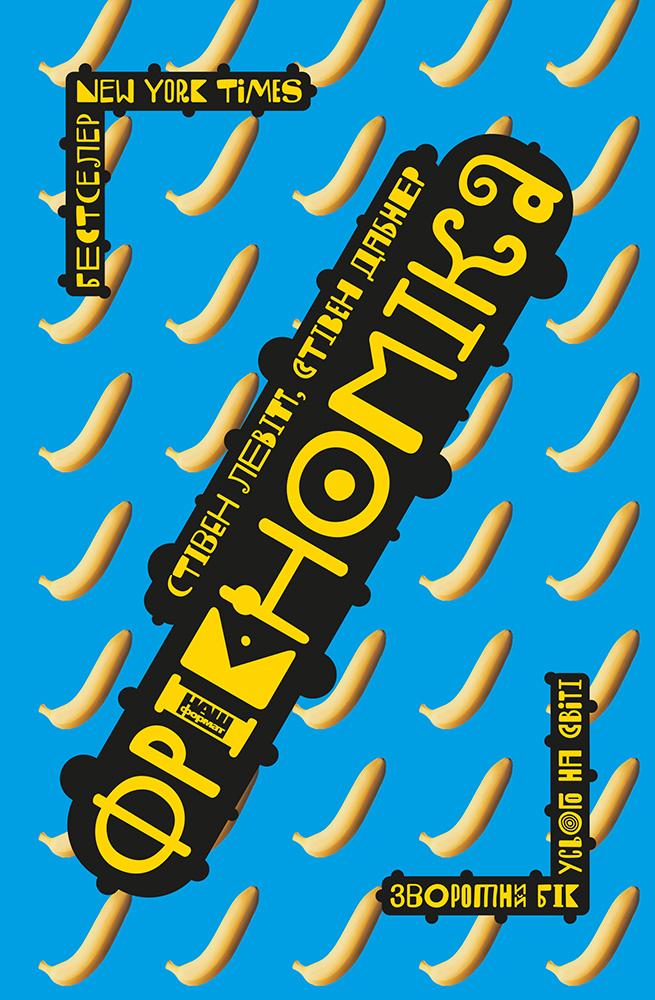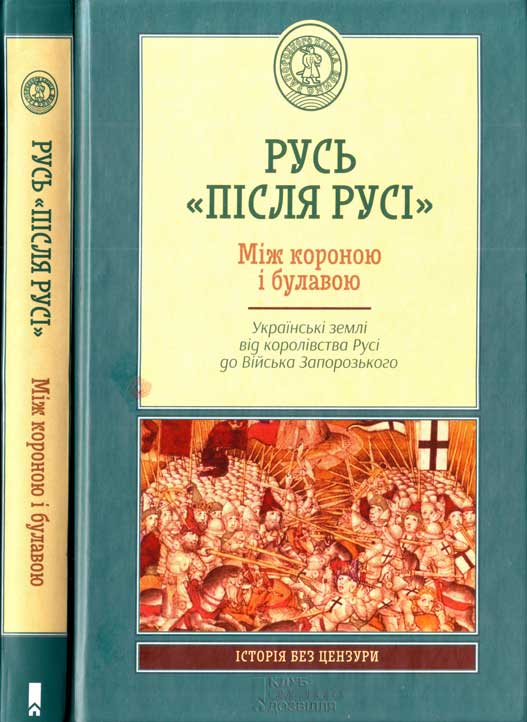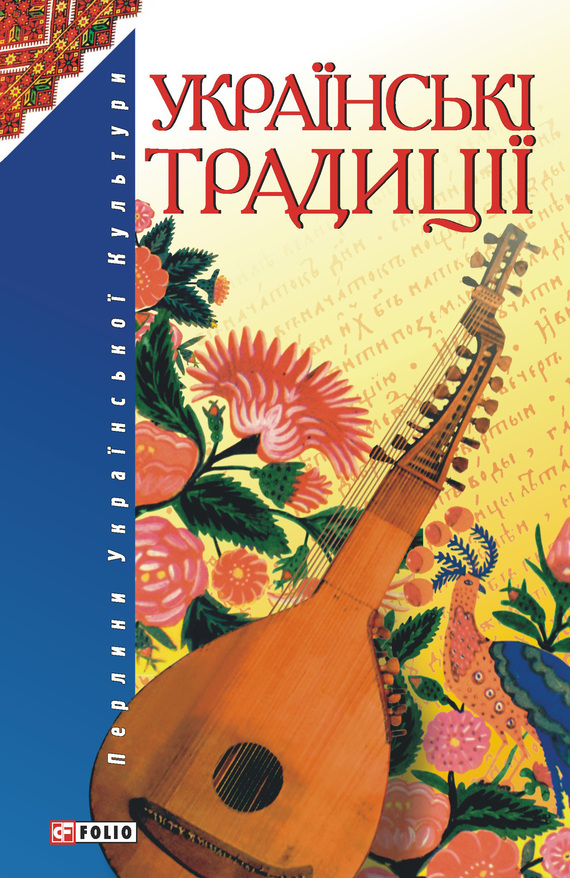Читати книгу - "Genghis Khan and the Making of the Modern World"
Шрифт:
Інтервал:
Додати в закладку:
As he smashed the feudal system of aristocratic privilege and birth, he built a new and unique system based on individual merit, loyalty, and achievement. He took the disjointed and languorous trading towns along the Silk Route and organized them into history’s largest free-trade zone. He lowered taxes for everyone, and abolished them altogether for doctors, teachers, priests, and educational institutions. He established a regular census and created the first international postal system. His was not an empire that hoarded wealth and treasure; instead, he widely distributed the goods acquired in combat so that they could make their way back into commercial circulation. He created an international law and recognized the ultimate supreme law of the Eternal Blue Sky over all people. At a time when most rulers considered themselves to be above the law, Genghis Khan insisted on laws holding rulers as equally accountable as the lowest herder. He granted religious freedom within his realms, though he demanded total loyalty from conquered subjects of all religions. He insisted on the rule of law and abolished torture, but he mounted major campaigns to seek out and kill raiding bandits and terrorist assassins. He refused to hold hostages and, instead, instituted the novel practice of granting diplomatic immunity for all ambassadors and envoys, including those from hostile nations with whom he was at war.
Genghis Khan left his empire with such a firm foundation that it continued growing for another 150 years. Then, in the centuries that followed its collapse, his descendants continued to rule a variety of smaller empires and large countries, from Russia, Turkey, and India to China and Persia. They held an eclectic assortment of titles, including khan, emperor, sultan, king, shah, emir, and the Dalai Lama. Vestiges of his empire remained under the rule of his descendants for seven centuries. As the Moghuls, some of them reigned in India until 1857, when the British drove out Emperor Bahadur Shah II and chopped off the heads of two of his sons and his grandson. Genghis Khan’s last ruling descendant, Alim Khan, emir of Bukhara, remained in power in Uzbekistan until deposed in 1920 by the rising tide of Soviet revolution.
History has condemned most conquerors to miserable, untimely deaths. At age thirty-three, Alexander the Great died under mysterious circumstances in Babylon, while his followers killed off his family and carved up his lands. Julius Caesar’s fellow aristocrats and former allies stabbed him to death in the chamber of the Roman Senate. After enduring the destruction and reversal of all his conquests, a lonely and embittered Napoleon faced death as a solitary prisoner on one of the most remote and inaccessible islands on the planet. The nearly seventy-year-old Genghis Khan, however, passed away in his camp bed, surrounded by a loving family, faithful friends, and loyal soldiers ready to risk their life at his command. In the summer of 1227, during a campaign against the Tangut nation along the upper reaches of the Yellow River, Genghis Khan died—or, in the words of the Mongols, who have an abhorrence of mentioning death or illness, he “ascended into heaven.” In the years after his death, the sustained secrecy about the cause of death invited speculation, and later inspired legends that with the veneer of time often appeared as historic fact. Plano di Carpini, the first European envoy to the Mongols, wrote that Genghis Khan died when he was struck by lightning. Marco Polo, who traveled extensively in the Mongol Empire during the reign of Genghis Khan’s grandson Khubilai, reported that Genghis Khan succumbed from an arrow wound to the knee. Some claimed that unknown enemies had poisoned him. Another account asserted that he had been killed by a magic spell of the Tangut king against whom he was fighting. One of the stories circulated by his detractors asserted that the captured Tangut queen inserted a contraption into her vagina so that when Genghis Khan had sex with her, it tore off his sex organs and he died in hideous pain.
Contrary to the many stories about his demise, his death in a nomad’s ger, essentially similar to the one in which he had been born, illustrated how successful he had been in preserving the traditional way of life of his people; yet, ironically, in the process of preserving their lifestyle, he had transformed human society. Genghis Khan’s soldiers escorted the body of their fallen khan back to his homeland in Mongolia for secret burial. After his death, his followers buried him anonymously in the soil of his homeland without a mausoleum, a temple, a pyramid, or so much as a small tombstone to mark the place where he lay. According to Mongol belief, the body of the dead should be left in peace and did not need a monument because the soul was no longer there; it lived on in the Spirit Banner. At burial, Genghis Khan disappeared silently back into the vast landscape of Mongolia from whence he came. The final destination remained unknown, but in the absence of reliable information, people freely invented their own history, with many dramatic flourishes to the story. An often repeated account maintains that the soldiers in his funeral cortege killed every person and animal encountered on the forty-day journey, and that after the secret burial, eight hundred horsemen trampled repeatedly over the area to obscure the location of the grave. Then, according to these imaginative accounts, the horsemen were, in turn, killed by yet another set of soldiers so that they could not report the location of the site; and then, in turn, those soldiers were slain by yet another set of warriors.
After the secret burial in his homeland, soldiers sealed off the entire area for several hundred square miles. No one could enter except members of Genghis Khan’s family and a tribe of specially trained warriors who were stationed there to kill every intruder. For nearly eight hundred years, this area—the Ikh Khorig, the Great Taboo,
Увага!
Сайт зберігає кукі вашого браузера. Ви зможете в будь-який момент зробити закладку та продовжити читання книги «Genghis Khan and the Making of the Modern World», після закриття браузера.
